Book review: ‘People of India are more similar than different’ – GetBengal story
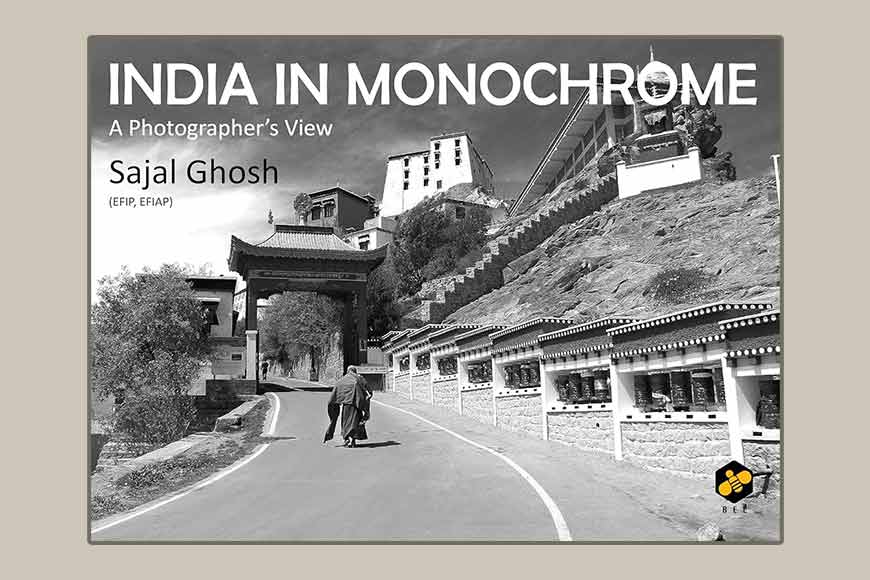
Title: India in Monochrome
Author: Sajal Ghosh
Publisher: Bee Books, 2024
Price: Rs 2,990
On a trip to Nagaland to cover the state’s famed Hornbill Festival, photographer Sajal Ghosh stayed with a Naga family. On the surface, the man from Kolkata had nothing in common with the tribes of the Northeast. And yet, none of the differences – of culture, language, cuisine – mattered, with his hosts going out of their way to make his stay as comfortable as possible, in a region where the amenities were purely basic, to put it politely.
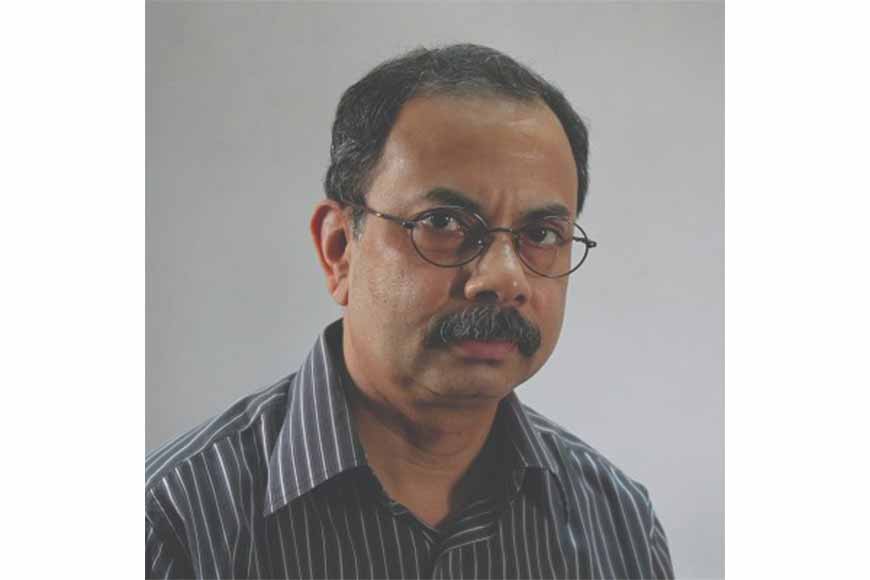 Photographer Sajal Ghosh
Photographer Sajal Ghosh
Nagaland features in Ghosh’s new book, of course. As do numerous other Indian states. The former corporate bigwig, a photographer by passion rather than profession, published a book of colour photographs titled ‘India in Celebration’ in 2021, covering the myriad of fairs and festivals in the country. The current book is, in many ways, a continuation of the theme, but far more broad-based, and in spectacular black and white.
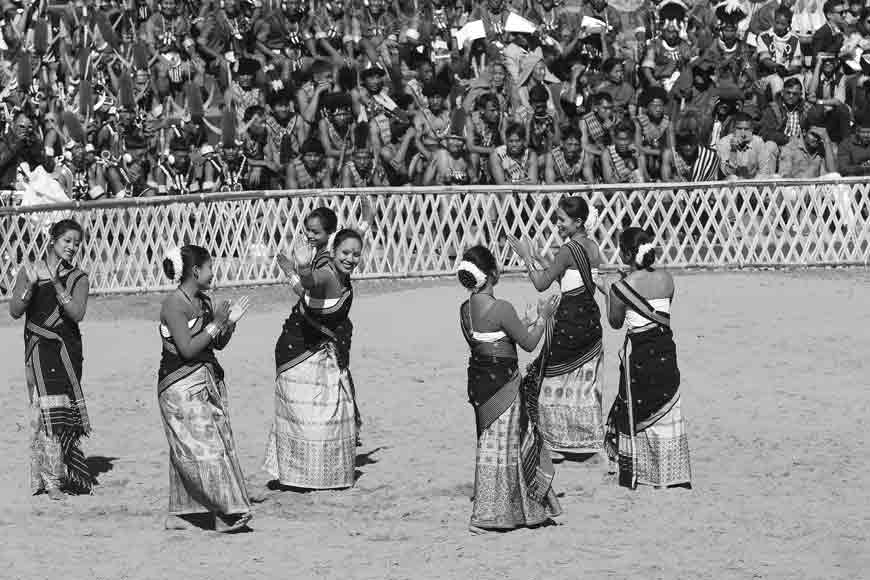 Bihu Dance in Kisama Near Kohima Nagaland
Bihu Dance in Kisama Near Kohima Nagaland
The idea for the new book took shape as his earlier work was being prepared for publication. Ghosh realised that there were photos which he couldn’t really slot into the fairs and festivals category, yet they told an eloquent story about India. And he decided to create a few more categories, which he says are not hard and fast, but purely convenient.
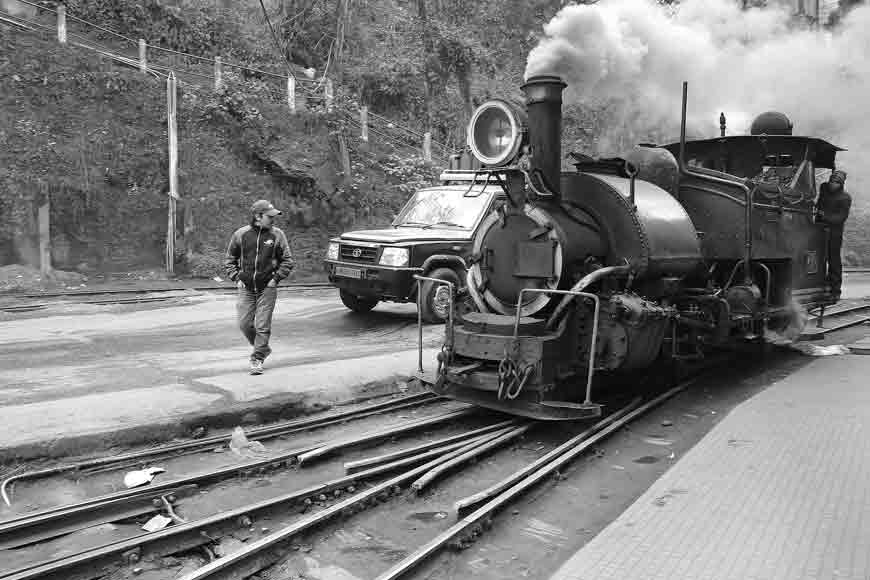 Darjeeling West Bengal
Darjeeling West Bengal
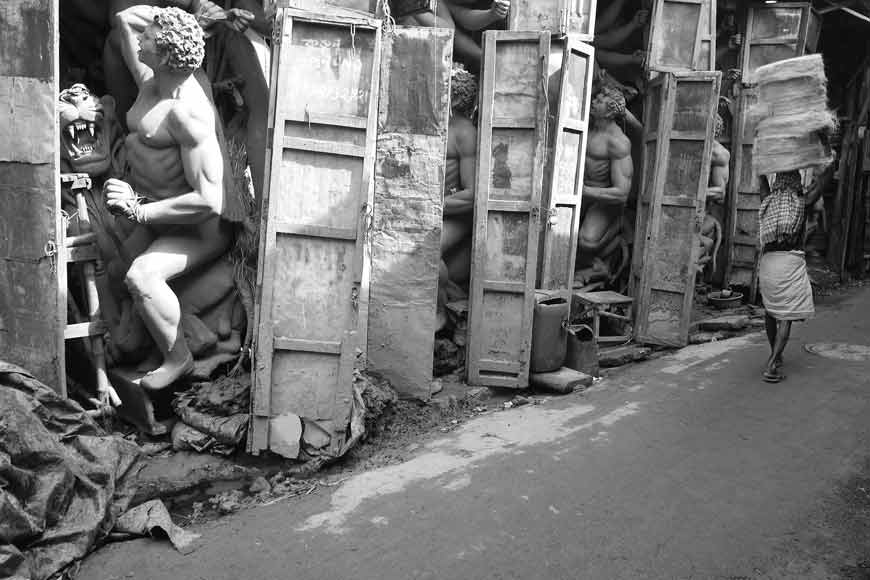 Kolkata
Kolkata
Just like his moments in Nagaland, Ghosh was also struck by what he saw in south India, particularly during Theyyam, one of Kerala’s most important festivals. “All the dancers belong to Dalit communities, which I found astounding, given the strict caste hierarchies in the region. For the duration of the festival, the dancers are treated almost like deities, and the intensity and vigour of the rituals really affected me,” he says. “Or the sheer competitiveness of the Chhau dancers in Bengal, where various villages compete against each other in Purulia. Audience sizes can go up to 12,000, and the setting is truly wonderful.”
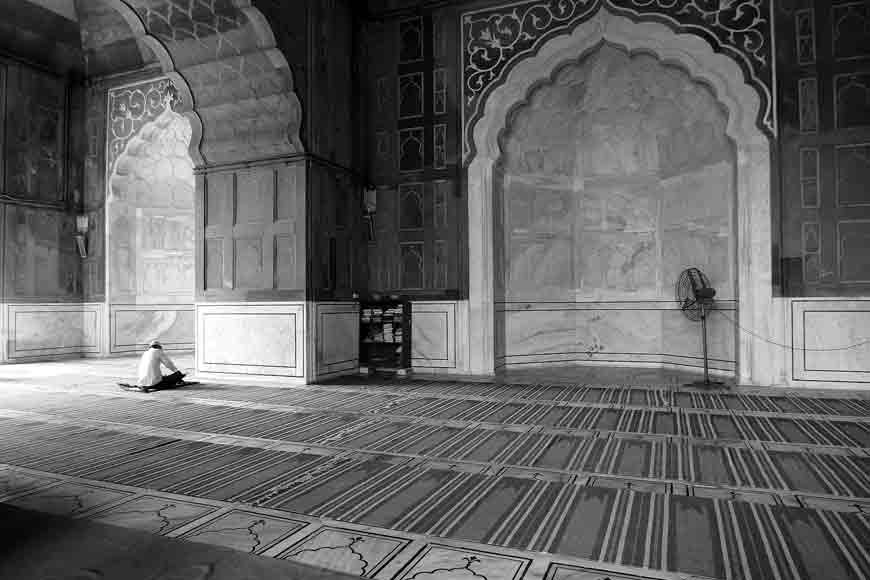 Delhi
Delhi
The one other thing that he repeats, as he did with his first book, is that he has seen India close up, from street level. And he hopes buyers will appreciate this perspective as they did the previous one, because all proceeds from the sale of his books go to charity. As he says, “I consider myself fortunate and privileged, and the travel and other expenses I incur are secondary. But I do want to help the less privileged as much as I can through my trust, Create for Life.”
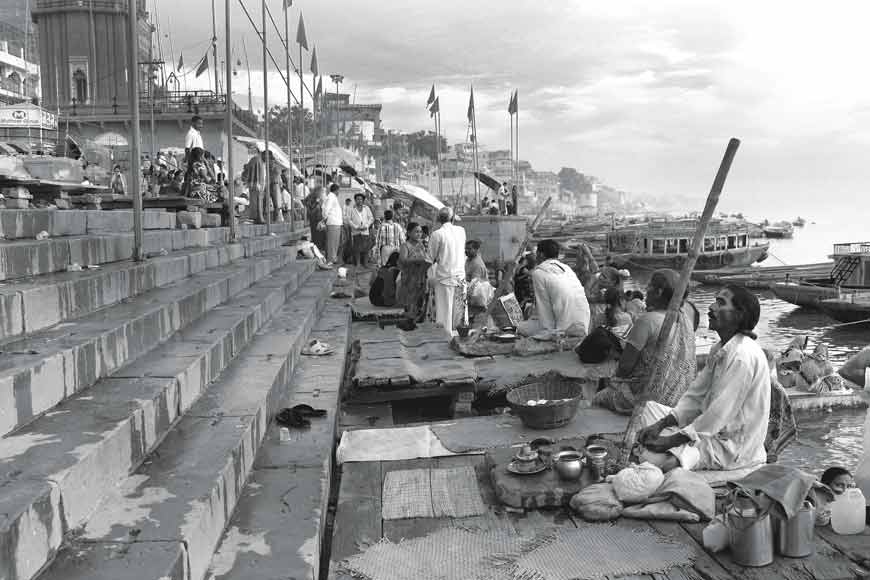 Varanasi
Varanasi
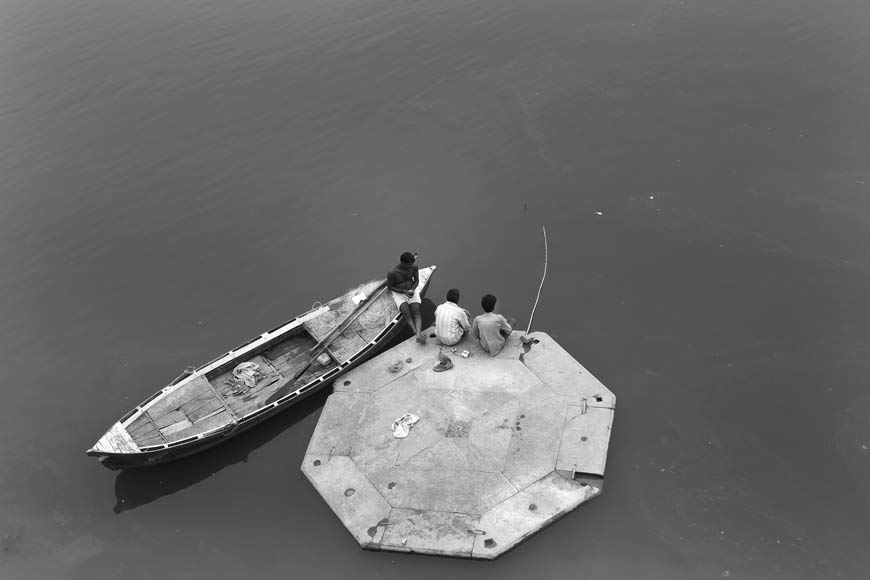 Varanasi
Varanasi
This is a book about people, spaces –both religious and secular – landscapes, and performances. The stark splendour of each frame is captured perfectly in monochrome, enabling the viewer to focus on the subjects rather than the colours. The enormous diversity of India is impossible to capture in a single book or even two, but the photographs in this book are a perfectly representative sample.
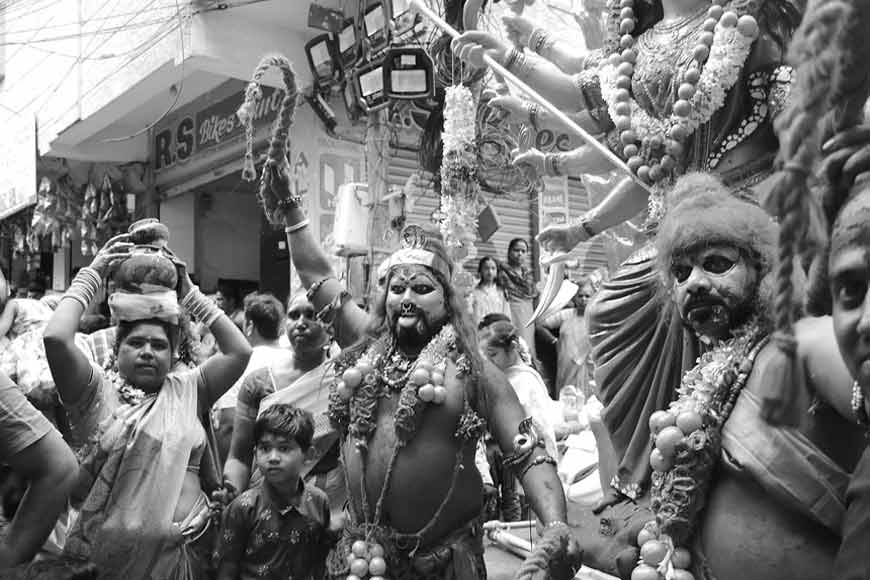 Bonalu Festival - Secunderabad
Bonalu Festival - Secunderabad
In these polarised times, they tell a story of diversity and harmony. Of similarities rather than differences. As Ghosh says, “I really see what the slogan ‘Incredible India’ means.”
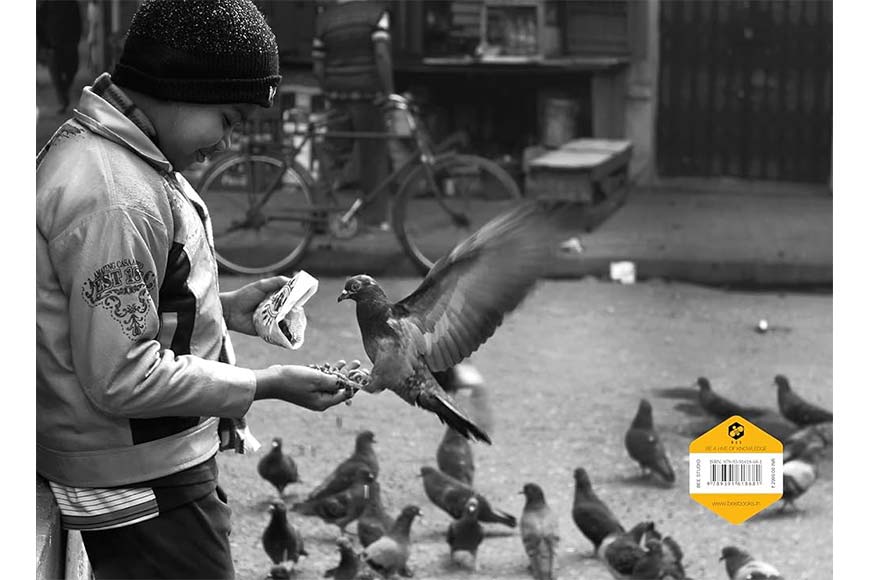 Backcover of India in Monochrome
Backcover of India in Monochrome
From the ghats of Varanasi to the Maghen David synagogue in Kolkata, from Theyyam dancers to a young Kahmiri with her pet rabbit on her shoulder, Ghosh’s photographs, in the words of the introductory note by Dr Jael Silliman, “will evoke other insights, stories, memories, and emotions in you”.










